It's not clear why Trump announced his secret, failed, ill-timed Camp David Taliban summit

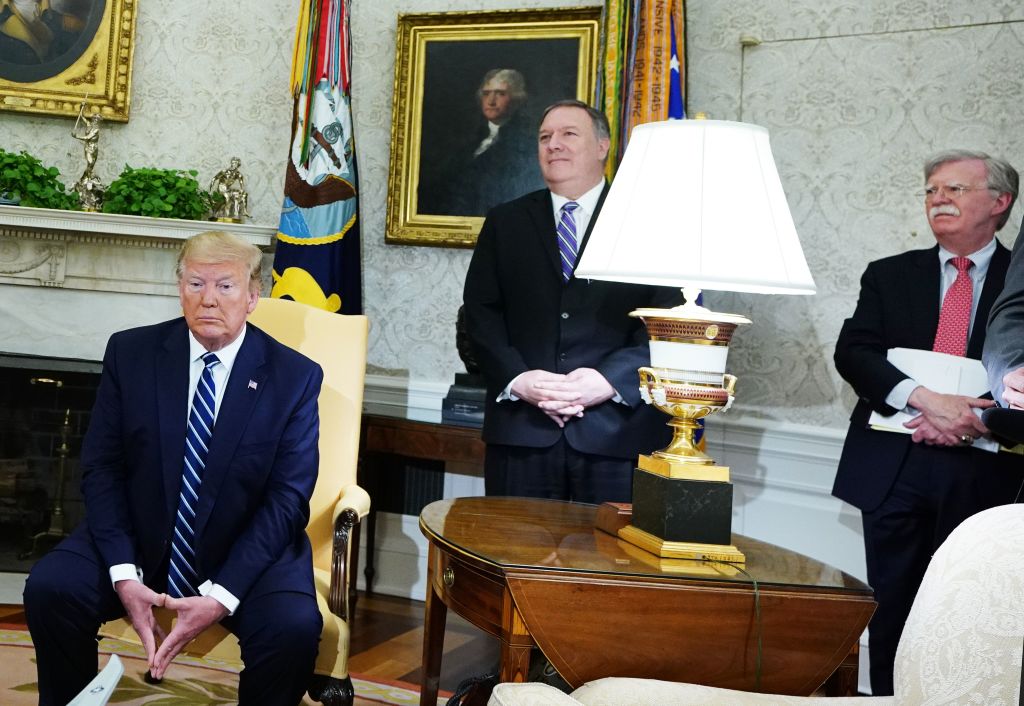
The secret plan for President Trump to invite Taliban leaders to Washington to sign a peace accord took shape during a meeting in the Situation Room on Aug. 30, The New York Times reports. Secretary of State Mike Pompeo and his Afghanistan negotiator, Zalmay Khalilzad, backed the underlying peace plan Khalilzad had tentatively cemented with the Taliban after nearly a year of talks; National Security Adviser John Bolton was opposed. Almost nobody else knew about Trump's plan to host the Taliban until he tweeted the summit had been canceled Saturday evening.
In the first few days of September, Trump decided "he would not only bring the Taliban to Washington, but to Camp David, the crown jewel of the American presidency," the Times reports. "The leaders of a rugged militant organization deemed terrorists by the United States would be hosted in the mountain getaway used for presidents, prime ministers, and kings just three days before the anniversary of the Sept. 11, 2001, attacks." Trump also decided to invite Afghan President Ashraf Ghani, whose government was not party to the talks. "The usual National Security Council process was dispensed with; only a small circle of advisers was even clued in," the Times adds.
Before the plan fell apart on Thursday night, The Washington Post reports, "Trump was the main person pushing for the Camp David meeting," believing "his personal style can persuade anyone." Ghani agreed to come, and the Taliban did, too, on the condition the deal was signed before the summit. That became a "fundamental dividing point contributing to the collapse of the talks," the Times reports, since "Trump wanted to be the dealmaker who would put the final parts together himself, or at least be perceived to be."
The Week
Escape your echo chamber. Get the facts behind the news, plus analysis from multiple perspectives.

Sign up for The Week's Free Newsletters
From our morning news briefing to a weekly Good News Newsletter, get the best of The Week delivered directly to your inbox.
From our morning news briefing to a weekly Good News Newsletter, get the best of The Week delivered directly to your inbox.
Trump's disclosure of the failed summit "surprised not only many national security officials across the government but even some of the few who were part of the deliberations," the Times reports, and several officials said "there was no reason for Mr. Trump to reveal what had happened." A senior administration official told the Post that Trump decided to unveil the talks "to control the narrative." Why he felt he had to do that is unclear, but the narrative was not well-received — inviting the Taliban to Camp David the week of 9/11 earned rare bipartisan condemnation.
A free daily email with the biggest news stories of the day – and the best features from TheWeek.com
Peter has worked as a news and culture writer and editor at The Week since the site's launch in 2008. He covers politics, world affairs, religion and cultural currents. His journalism career began as a copy editor at a financial newswire and has included editorial positions at The New York Times Magazine, Facts on File, and Oregon State University.
-
 January’s books feature a revisioned classic, a homeschooler's memoir and a provocative thriller dramedy
January’s books feature a revisioned classic, a homeschooler's memoir and a provocative thriller dramedyThe Week Recommends This month’s new releases include ‘Call Me Ishmaelle’ by Xiaolu Guo, ‘Homeschooled: A Memoir’ by Stefan Merrill Block, ‘Anatomy of an Alibi’ by Ashley Elston and ‘Half His Age’ by Jennette McCurdy
-
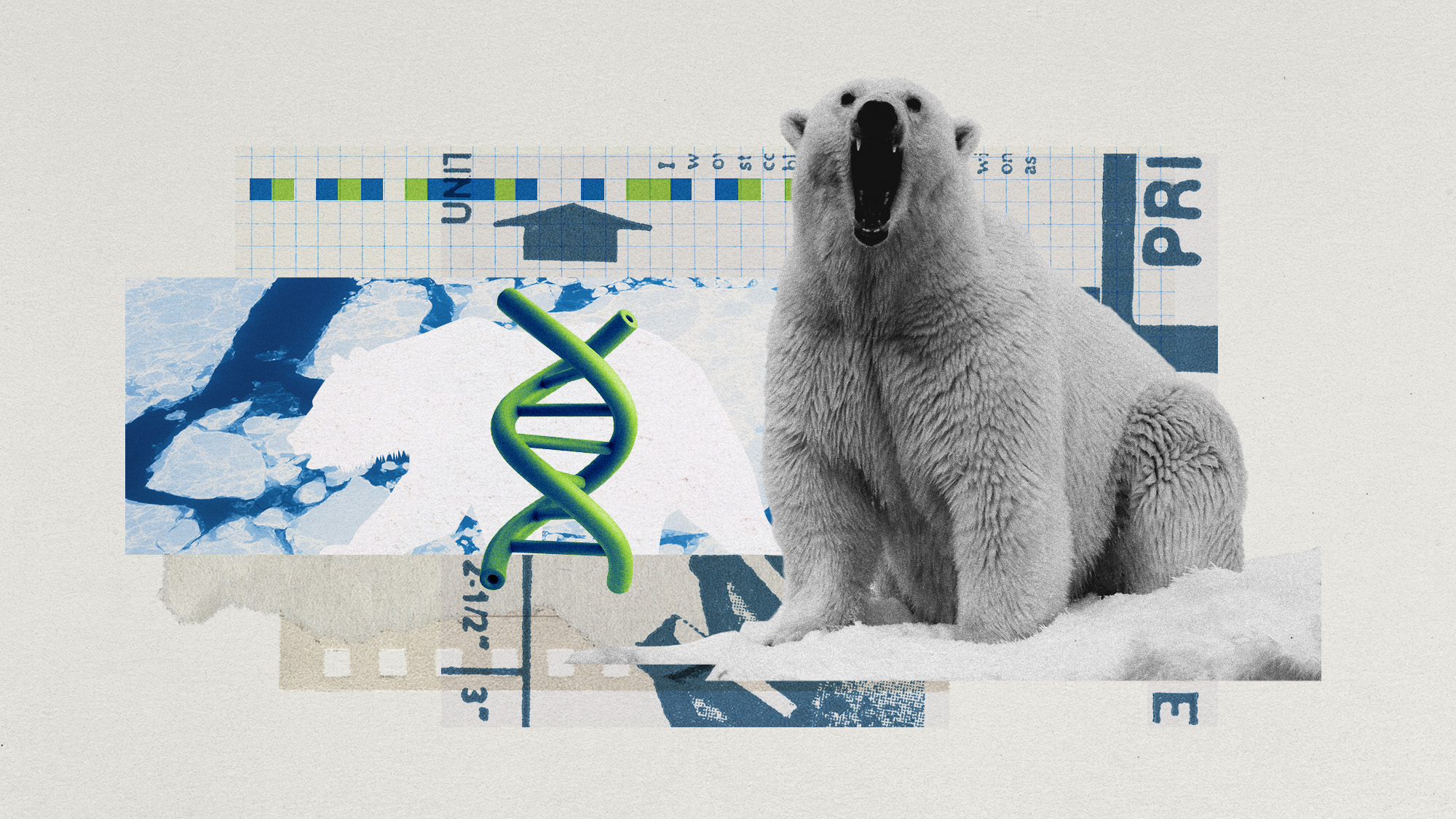 ‘Jumping genes': How polar bears are rewiring their DNA to survive the warming Arctic
‘Jumping genes': How polar bears are rewiring their DNA to survive the warming ArcticUnder the radar The species is adapting to warmer temperatures
-
 Venezuela’s Trump-shaped power vacuum
Venezuela’s Trump-shaped power vacuumIN THE SPOTLIGHT The American abduction of Venezuelan President Nicolás Maduro has thrust South America’s biggest oil-producing state into uncharted geopolitical waters
-
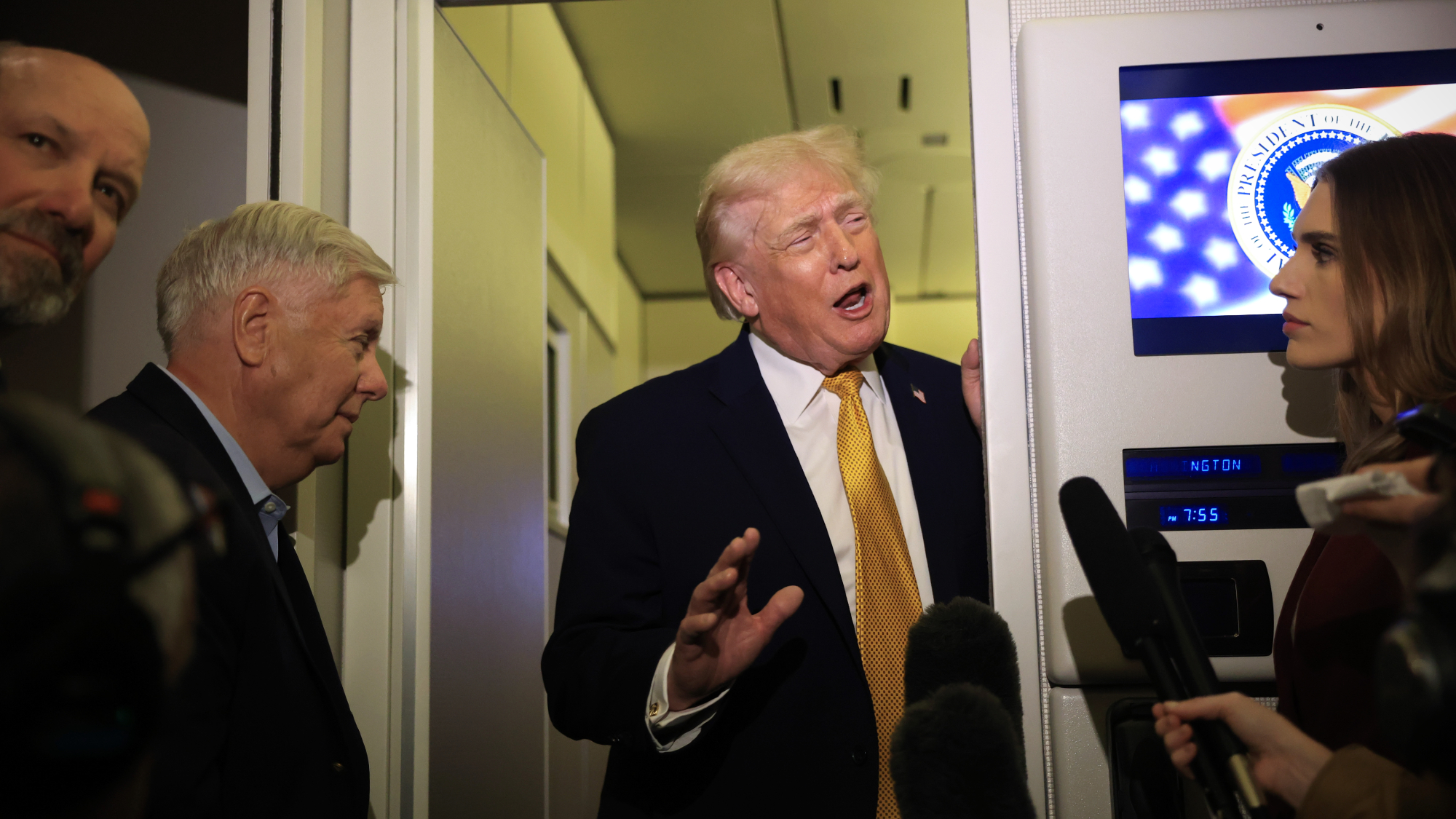 Trump says US ‘in charge’ of Venezuela after Maduro grab
Trump says US ‘in charge’ of Venezuela after Maduro grabSpeed Read The American president claims the US will ‘run’ Venezuela for an unspecified amount of time, contradicting a statement from Secretary of State Marco Rubio
-
 Bari Weiss’ ‘60 Minutes’ scandal is about more than one report
Bari Weiss’ ‘60 Minutes’ scandal is about more than one reportIN THE SPOTLIGHT By blocking an approved segment on a controversial prison holding US deportees in El Salvador, the editor-in-chief of CBS News has become the main story
-
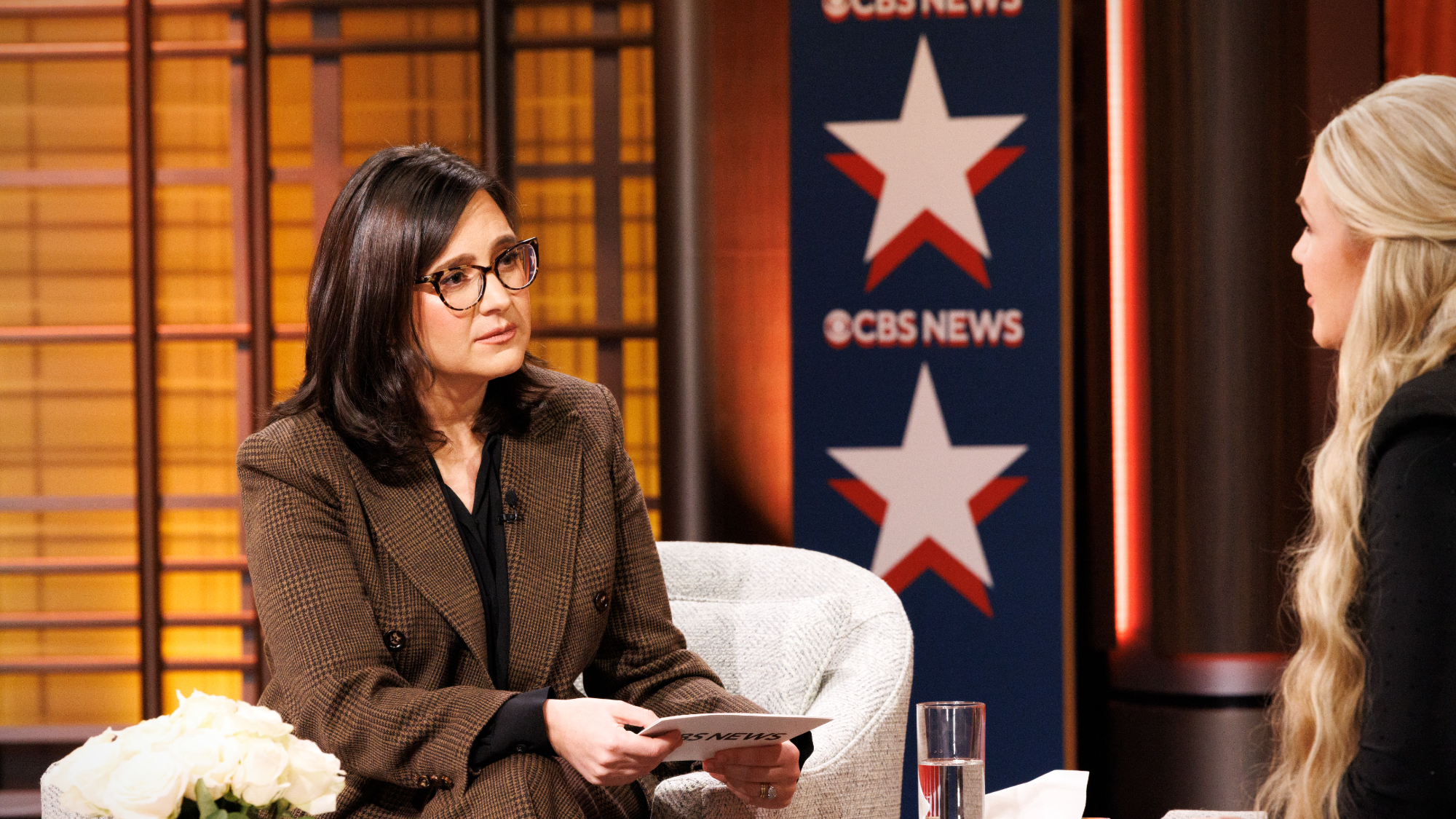 CBS pulls ‘60 Minutes’ report on Trump deportees
CBS pulls ‘60 Minutes’ report on Trump deporteesSpeed Read An investigation into the deportations of Venezuelan migrants to El Salvador’s notorious prison was scrapped
-
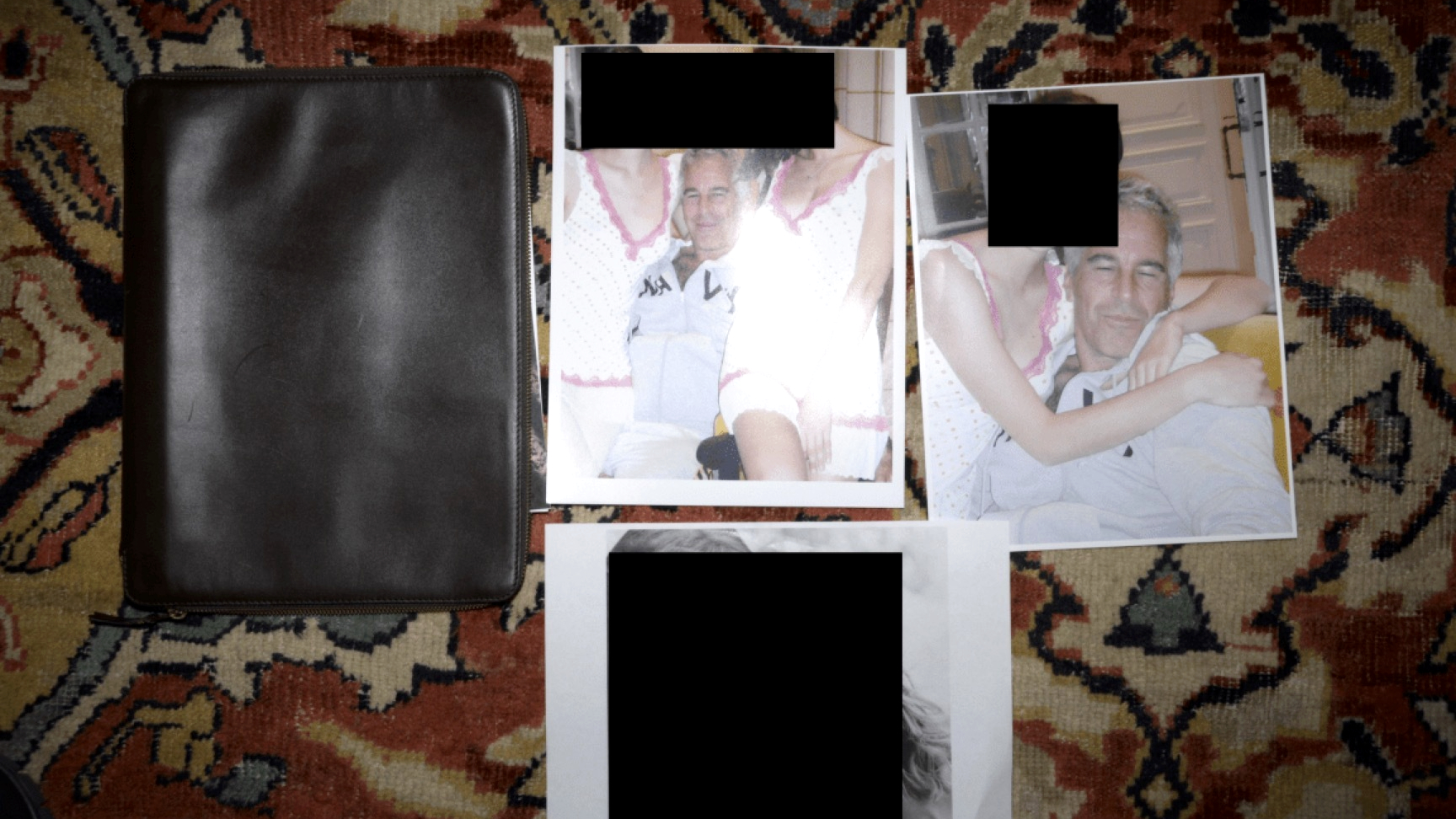 Trump administration posts sliver of Epstein files
Trump administration posts sliver of Epstein filesSpeed Read Many of the Justice Department documents were heavily redacted, though new photos of both Donald Trump and Bill Clinton emerged
-
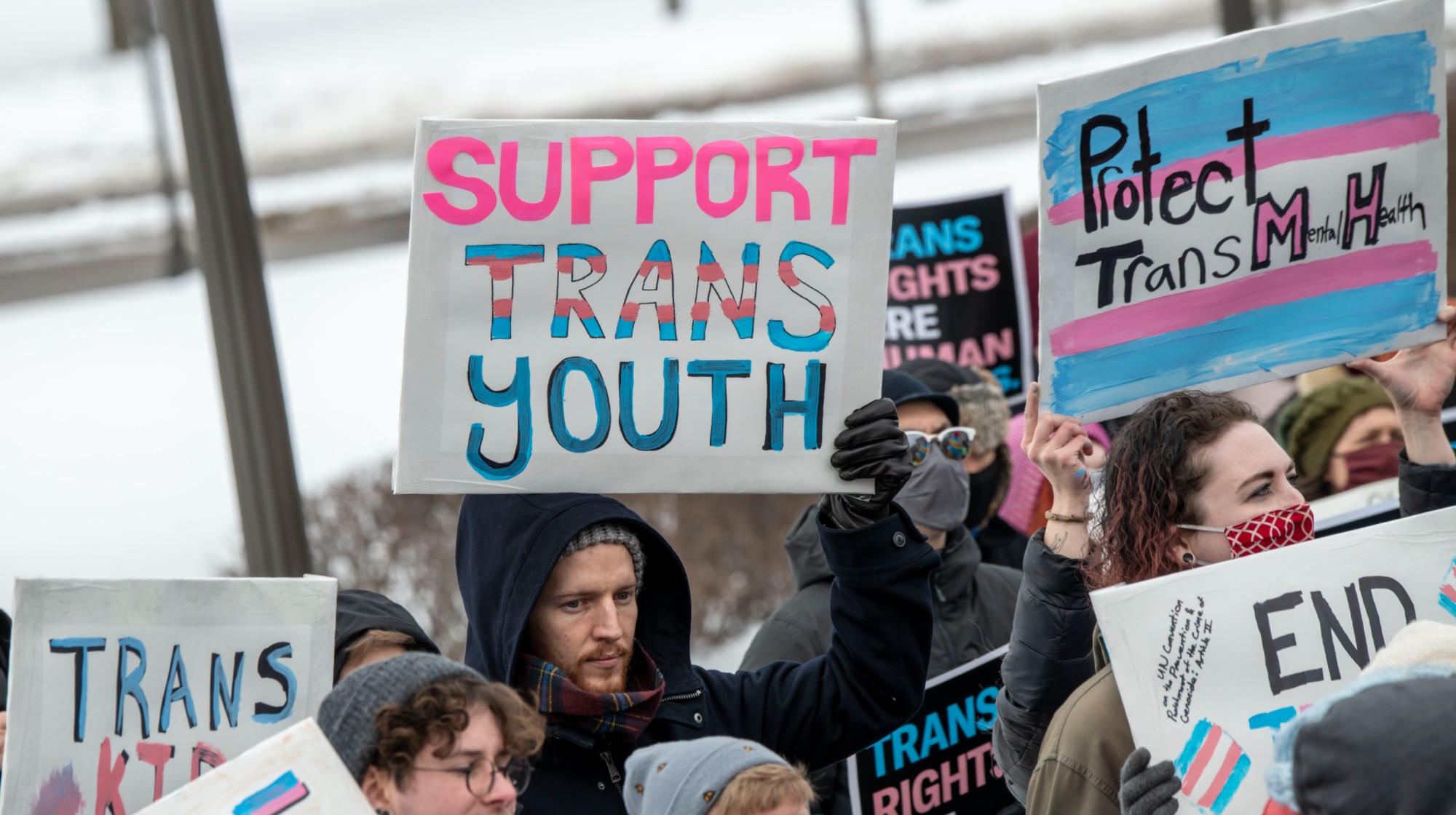 Trump HHS moves to end care for trans youth
Trump HHS moves to end care for trans youthSpeed Read The administration is making sweeping proposals that would eliminate gender-affirming care for Americans under age 18
-
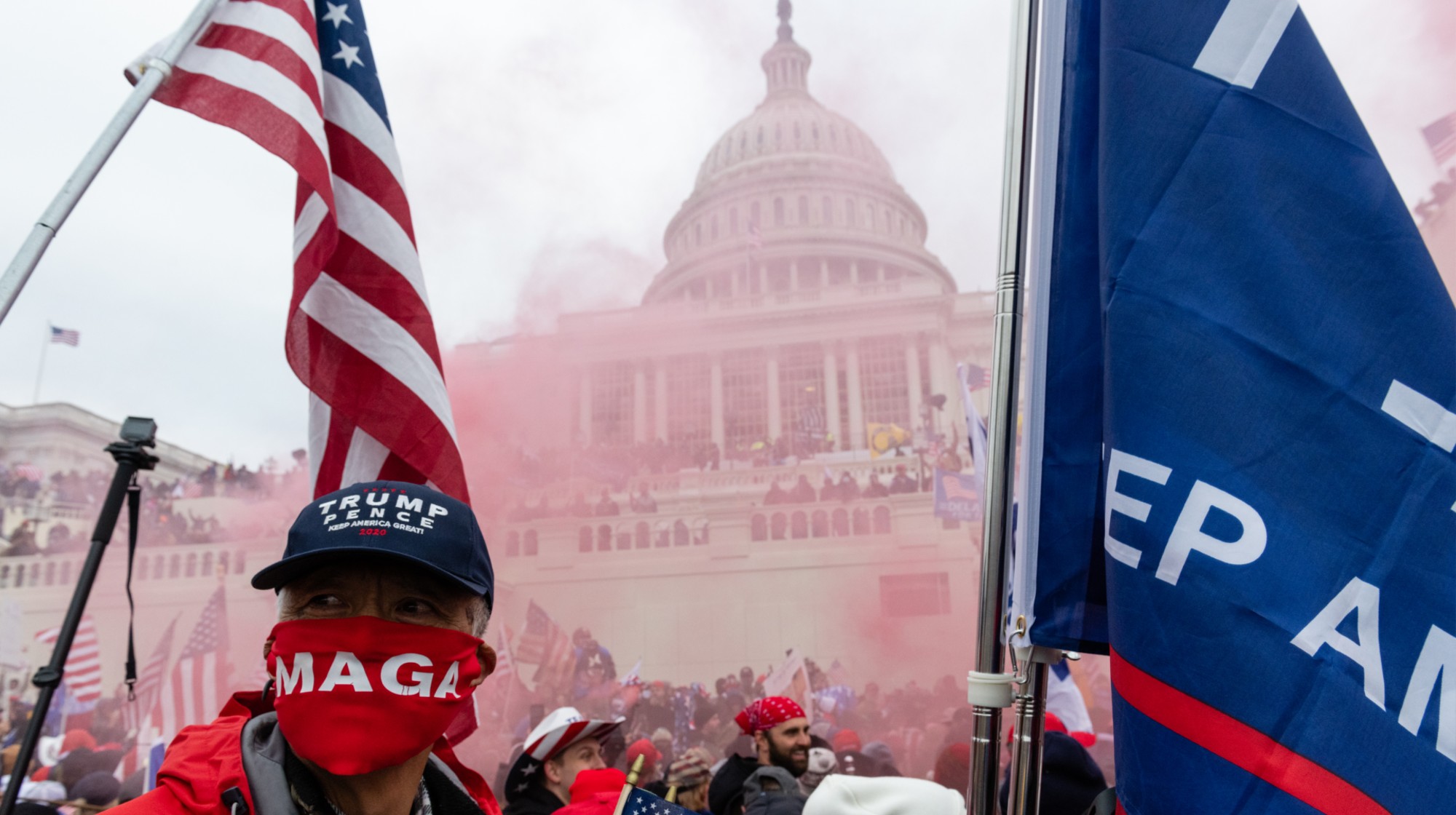 Jack Smith tells House of ‘proof’ of Trump’s crimes
Jack Smith tells House of ‘proof’ of Trump’s crimesSpeed Read President Donald Trump ‘engaged in a criminal scheme to overturn the results of the 2020 presidential election,’ hoarded classified documents and ‘repeatedly tried to obstruct justice’
-
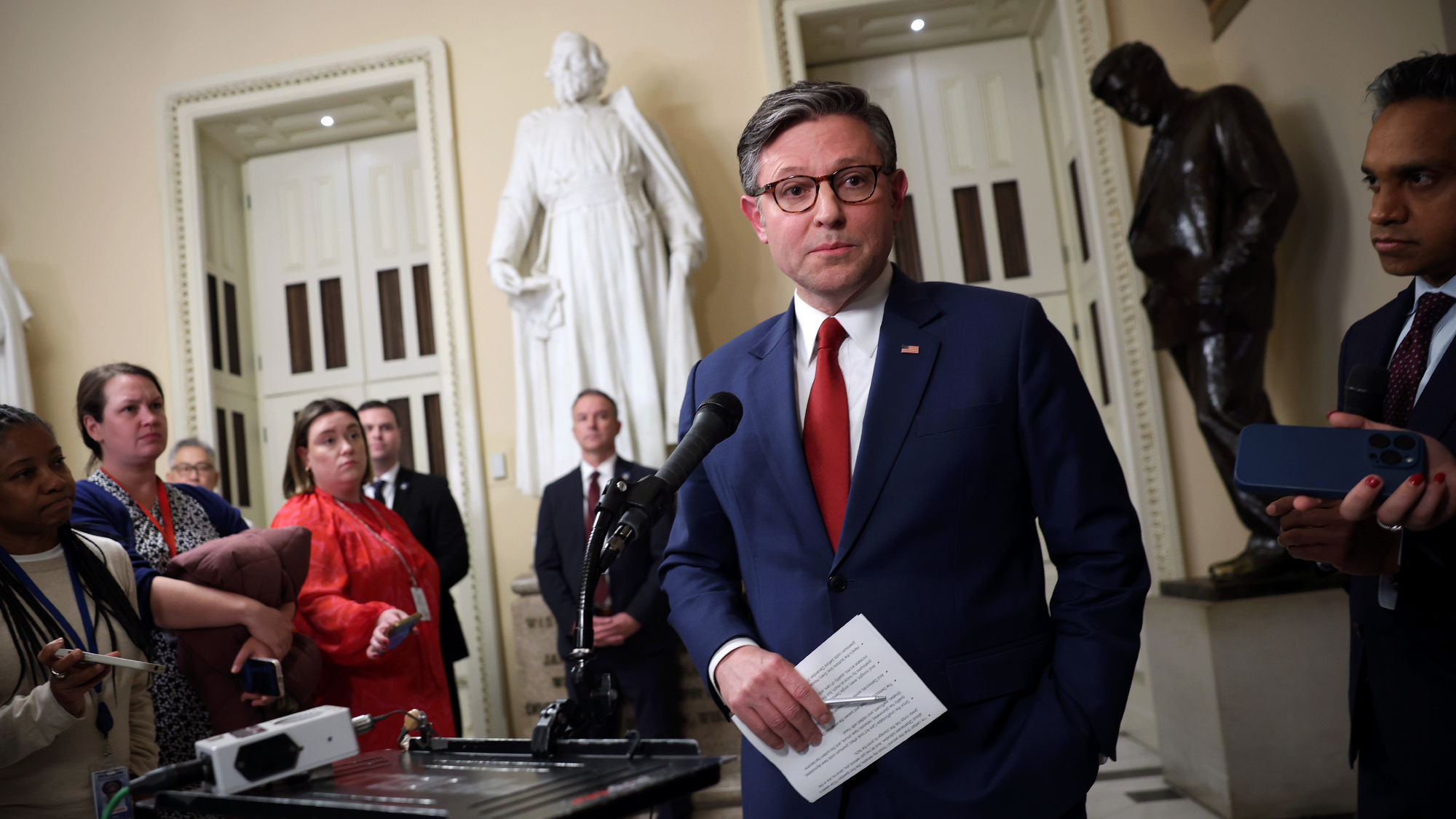 House GOP revolt forces vote on ACA subsidies
House GOP revolt forces vote on ACA subsidiesSpeed Read The new health care bill would lower some costs but not extend expiring Affordable Care Act subsidies
-
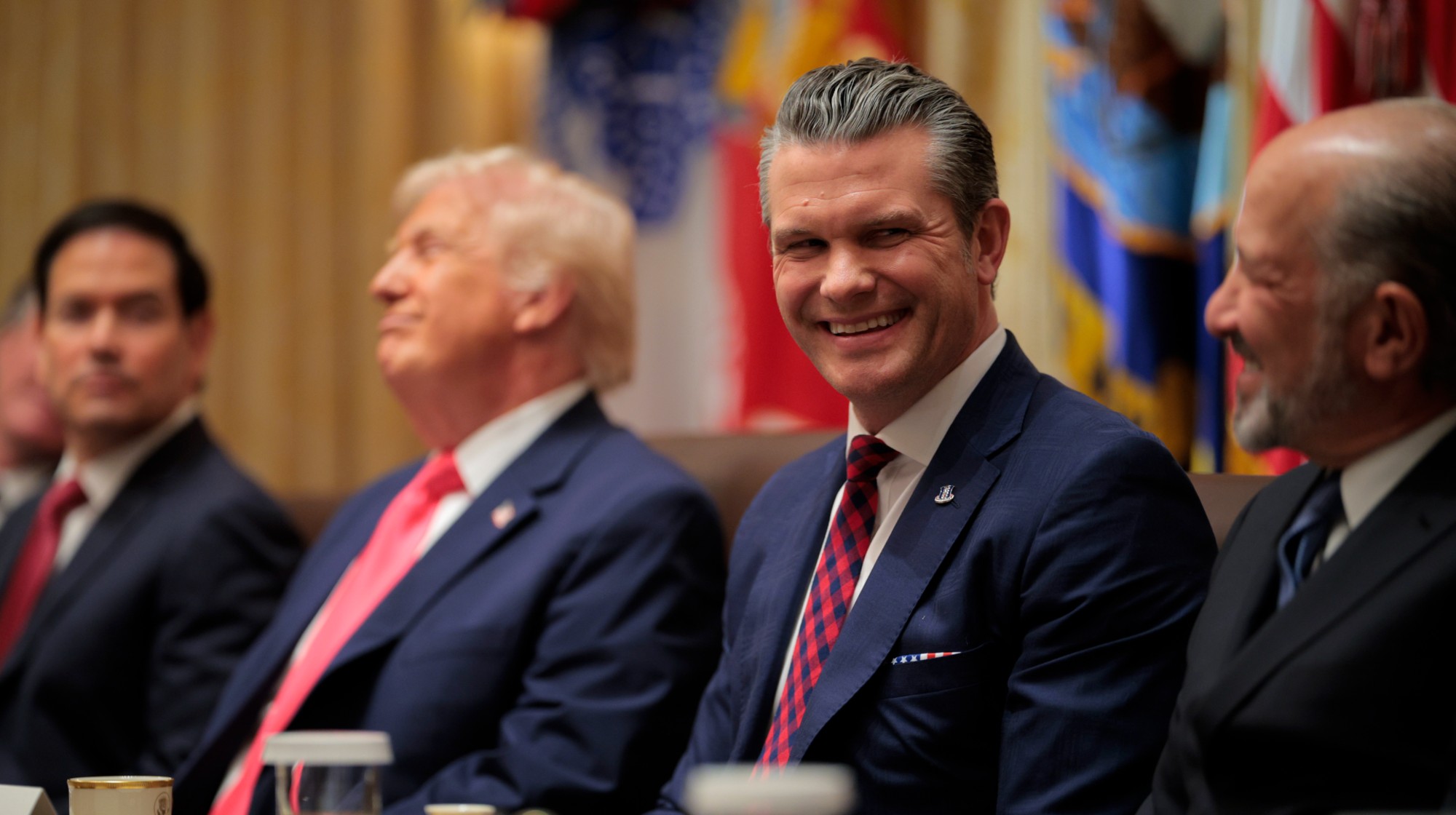 Hegseth rejects release of full boat strike footage
Hegseth rejects release of full boat strike footageSpeed Read There are calls to release video of the military killing two survivors of a Sept. 2 missile strike on an alleged drug trafficking boat
